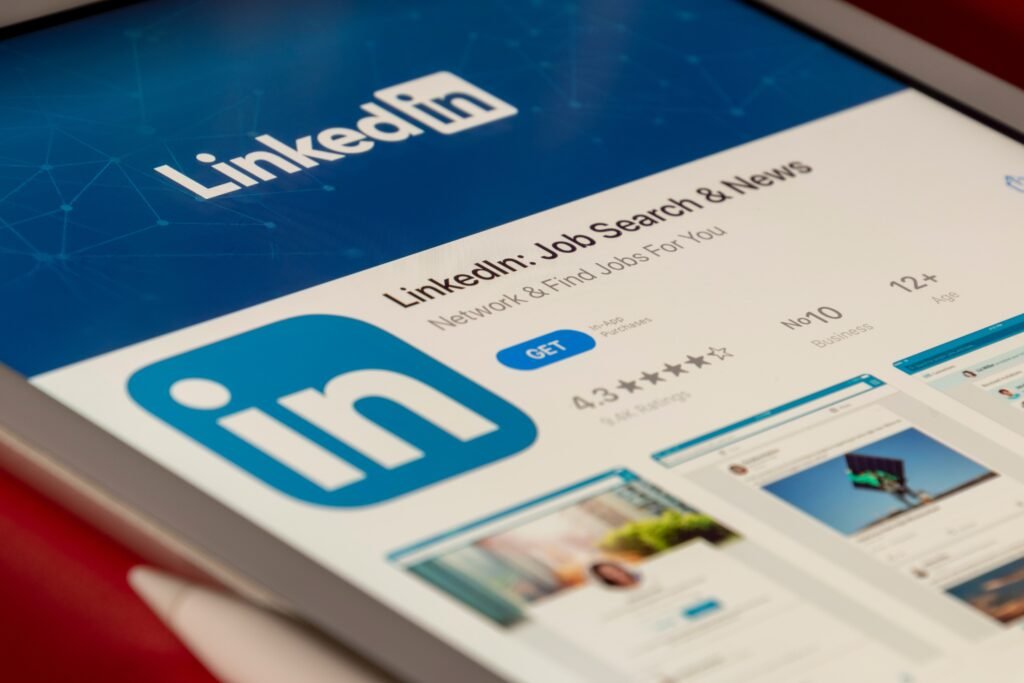
Cold Emailing for Entrepreneurs: Navigating the World of Startup Marketing
How do you get your business off the ground and make a splash in the market? Is it by spending hours on social media, posting updates and advertisements to generate buzz for your brand? Or is it by cold emailing potential customers with offers that will pique their interest? A lot of entrepreneurs out there are trying to figure this out.
In this article, we’re going to explore some pros and cons of cold emailing as a marketing strategy for entrepreneurs.
What are cold emails and why should I care about them
Cold emails are typically sent by businesses or entrepreneurs to other business owners or startup founders to introduce themselves and their company, demonstrate an interest in the recipients’ company, and request a specific action.
You should care about cold emailing because it can be an effective way to make connections with people you’ve never met before.
What is a cold email campaign?
A cold email campaign contains one or more outreach emails that target new companies or contacts you think might find your product interesting. Your goal is to get them on the phone for a quick chat.
Cold emails are usually brief and personalized for each recipient, but it’s worth noting that your emails don’t have to be personal to work.
Related: Startup Domain Names: 5 Tips to Pick the Perfect Name
How to craft a cold email campaign that converts
Cold emailing has been the go-to strategy for entrepreneurs for decades. It’s proven, it’s tried and tested, but that doesn’t mean there aren’t new tips to be learned – especially if your target market is very niche.
For example, if you’re cold-emailing for bookings to your yoga studio, then mentioning how much time they’ll save by taking up yoga over commuting will be more effective than talking about the physical benefits of yoga.
The same goes for any other niche market – make sure that what you say is relevant and tailored specifically to them.

Here are some tips for reaching out to potential bookings in the startup world:
- If you’re pitching your book, make sure it’s relevant and targeted.
- Don’t use buzzwords unless they are true. It makes you look like a try-hard when people call you on them.
- Provide value before asking anything of the receiver.
- If you want to book a meeting with someone, don’t ask them outright. Build up the relationship first before asking for it directly.
A cold email template is not going to work on everyone – and that’s okay. The beauty of web marketing is the ability to test what works and iterate on those learnings until you get a result.
The anatomy of the perfect cold email
The perfect cold email has a personalized greeting, as opposed to a generic one. The opening of the email should include a complete introduction of yourself. In whatever way possible, try to stay on topic while being concise with the body of the email. You should also have a clear call for action or request at the end.
When, where, and how often should you be sending out your cold emails for maximum results
The best cold emailing times are usually in the early morning, before 10 a.m. or the early evening, after 5 pm. The best cold emailing days are usually Wednesday, Thursday, and Friday. In terms of how often you should be sending out your cold emails for maximum results, it’s a good idea to send out no more than one cold email per day.
Pros of Cold Emailing
Cold emailing is a great way to get started, especially when you’re working on your marketing plan. Cold emailing can also get you the information that you need for your business like customer information, what they like and don’t like about your offers, and what motivates them.
The right cold email is personalized and sounds like it came from a real person, not a robot. It brings up something in the recipient’s life and offers some advice or expertise to make their world better.
There are many reasons why entrepreneurs should consider cold emailing as part of their startup marketing strategy. One of the main pros to be considered is the efficiency it can provide.
It is much easier for a business owner to write up an email than have to try to find someone’s contact information, call them, and then wait around for them to get back to you. This not only saves time but also saves money too.
Another pro that should be noted is that for those who are just starting, people are more likely to respond if they aren’t distracted by other things. Those who are busy or distracted by other tasks may not reply to you if they don’t want to take the time out of their day to do so.
The more emails a busy person receives, the less likely they are going to take time out of their schedule for you. If someone is working on something else and your email gets lost in the shuffle it can be difficult or nearly impossible to get them back again as people tend not to read things over that have been lost.
Related: Life Lessons from Elon Musk: Leadership Skills to be a Successful Entrepreneur

Cons of cold emailing
The cons of cold emailing for startups include:
- The success rate is slim. It usually takes a lot of time and effort to find the right investor and can be difficult to attract their attention.
- Investors want to know more about the business before even agreeing to meet with you. This means that you need to draft a pitch email and send it out as well as follow up to ensure they received both emails.
- Cold emails can be misinterpreted as spam because there’s no prior contact history.
- Investors might not respond because they’re too busy, not interested in your company, or don’t have time to deal with someone who hasn’t contacted them before, which means you haven’t established any traction yet with them.
- The email itself doesn’t have to be great. It can take a lot of revisions before you find the right tone and hook your potential investor’s attention with it.
- You might receive some pushback from an investor who thinks they’re too big for cold emails or that only little companies send them out, so there is no point in contacting them.
- As you’re not familiar with an investor, it can be difficult to gauge if they might like your company or industry sector before the first conversation takes place. This means that pitching your idea on a call is more of a shot in the dark since there’s no research done beforehand (and thus little preparation).
- You might be afraid of investing your time in cold emails because there’s no guarantee of a positive response. This means that you might miss out on other opportunities.
- You also need to be conscious of the fact that investors receive many emails, especially ones which they don’t know anything about or haven’t heard from before. If there are too many unread messages in their inbox already, then your email most likely won’t stand out enough to be viewed.
- You need to figure out who the right person is at an investor’s company before you email them, which can take a lot of time and effort for smaller companies without much startup experience or knowledge in this area.

Cold emailing mistakes to avoid at all costs
One of the most important marketing skills for any entrepreneur is cold emailing, and it can be a tricky process to get right. Thousands of startups and entrepreneurs send out cold emails every day, and while some of them may get responses, many don’t.
What’s more, too many cold emailers make mistakes that can stall their business plans before they even get started.
First and foremost on the list of what not to do is using templates that you found online or got from a friend. These templates can give your message a generic feel that will deter people from clicking on your email. Instead, take the time to write an original message with your personal touch.
There are some other pretty big no-no’s when it comes to cold emailing. For example, if you’re trying to get a customer from an established company – say, a Fortune 500 business or the government – don’t send them your standard pitch.
In this case, it’s best to do some research and find out what they may need for your product or service to be of value before you reach out to them.
As a startup or small business, you can’t afford to make too many mistakes when it comes to cold emailing if you want your campaign to succeed.
With some foresight and planning, you’ll be able to avoid making the most common of these errors and get on track for more responses from potential customers who will be interested in what you have to offer.
Final Thoughts
I hope you found this article both informative and interesting. It’s never easy trying to navigate the world of startup marketing on your own, but with a few simple steps that include cold emailing for entrepreneurs or other methods mentioned here, it can be much more manageable.
If you have any questions about anything we discussed in this article, please feel free to reach out. We are always happy to help you succeed by providing you with the information you need so you can build your businesses successfully.






Cool
Interesting
You’re right on this.